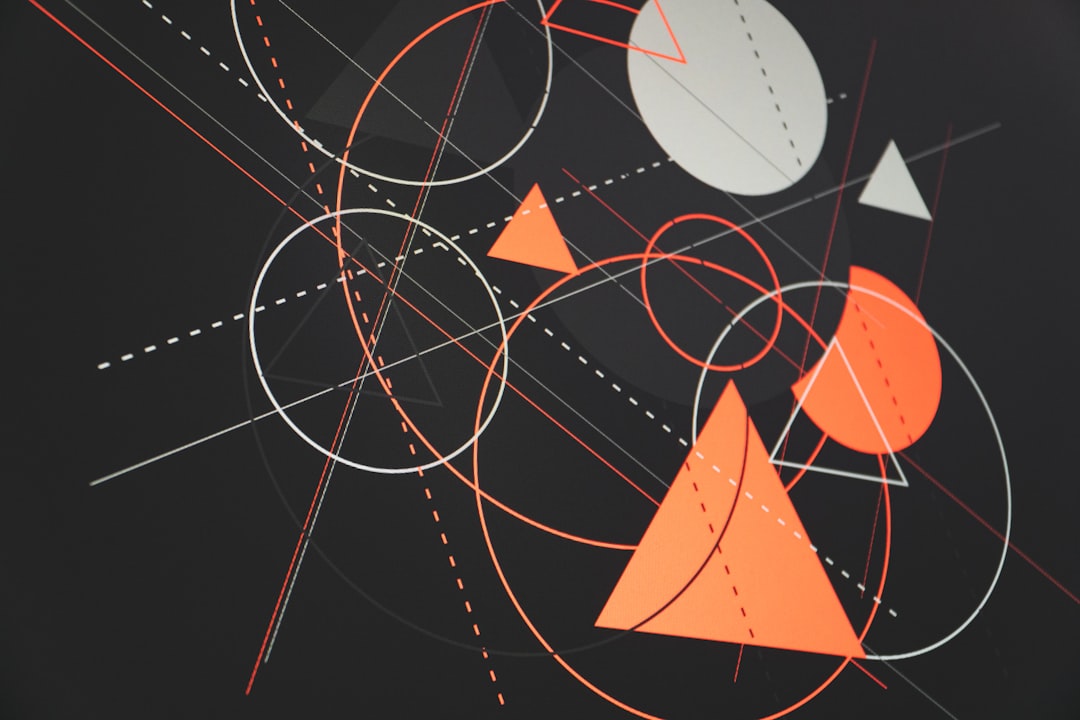What is it about?
Crowd simulators are commonly used to populate movie or game scenes in the entertainment industry. Even though it is crucial to consider the presence of groups for the believability of a virtual crowd, most crowd simulations only take into account individual characters or a limited set of group behaviors. We introduce a unified solution that allows for simulations of crowds that have diverse group properties such as social groups, marches, tourists and guides, etc. We extend the Velocity Obstacle approach for agent-based crowd simulations by introducing Velocity Connection; the set of velocities that keep agents moving together while avoiding collisions and achieving goals. We demonstrate our approach to be robust, controllable, and able to cover a large set of group behaviors.
Featured Image
Why is it important?
People rarely move alone; most of the time they are parts of groups ranging from small (e.g., social groups) to large (e.g., parades, inaugurations).
Read the Original
This page is a summary of: Group Modeling: A Unified Velocity-Based Approach, Computer Graphics Forum, September 2016, Wiley,
DOI: 10.1111/cgf.12993.
You can read the full text:
Contributors
The following have contributed to this page










